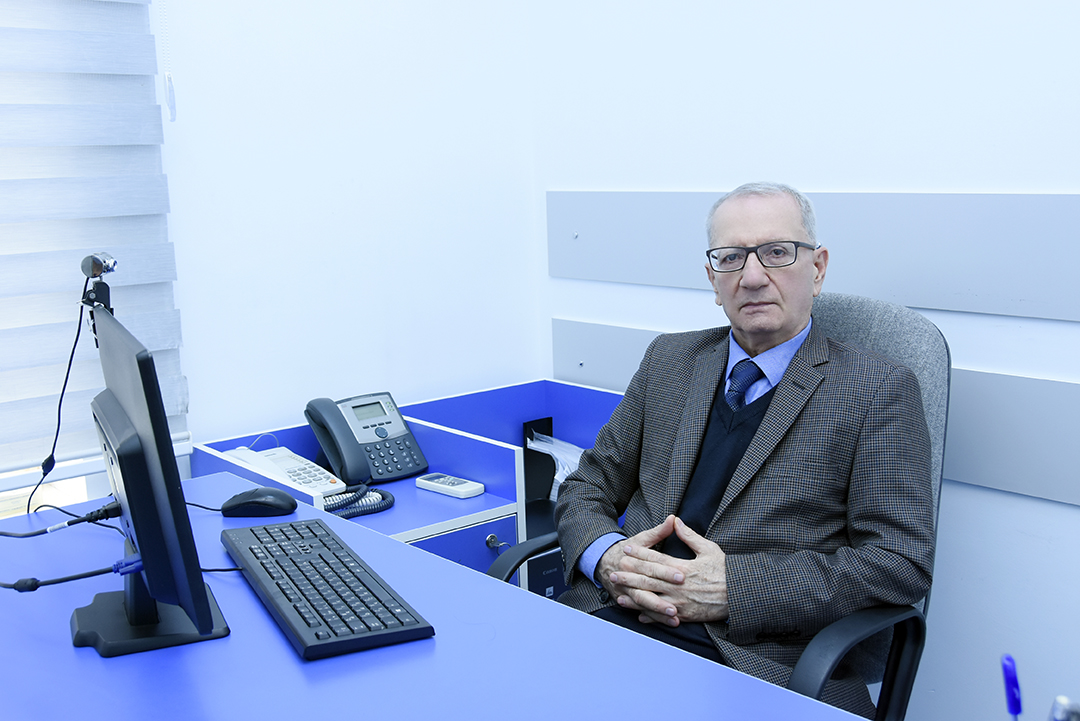NEWS
Wi-Fi will measure important health indicators

Scientists from the Massachusetts Institute of Technology developed the WiGait device, which measures the speed of movement using radio signals.
The device looks like a wall plate the size of a small picture. It emits weak radio signals - they are much weaker than signals from mobile phones or home Wi-Fi. The device registers how the signals are "reflected" from the human body, and monitors its movements. WiGait can "discriminate" several people, given their height and body proportions, naked-science.ru reports.
The new development is based on RF Capture technology, created by the same team of scientists. This is not the first attempt to "trace" the movement of people using a wireless network, but the creators of RF Capture have paid much attention to working with algorithms to clear the signal from extraneous noise. This allowed the technology to distinguish the outlines of bodies of 15 people with an accuracy of about 90%.
WiGait processes the data with an accuracy of 99%. The algorithm is able to distinguish walking from other household activities, such as cleaning.
Previously, researchers from the University of California at Santa Barbara developed Wi-Fi transmitters equipped with an algorithm that counts the number of people indoors - including those who do not use a wireless network. Data of such devices are planned to be used in "smart" homes for automatic regulation of air conditioning and heating systems.
© All rights reserved. Citing to www.ict.az is necessary upon using news



